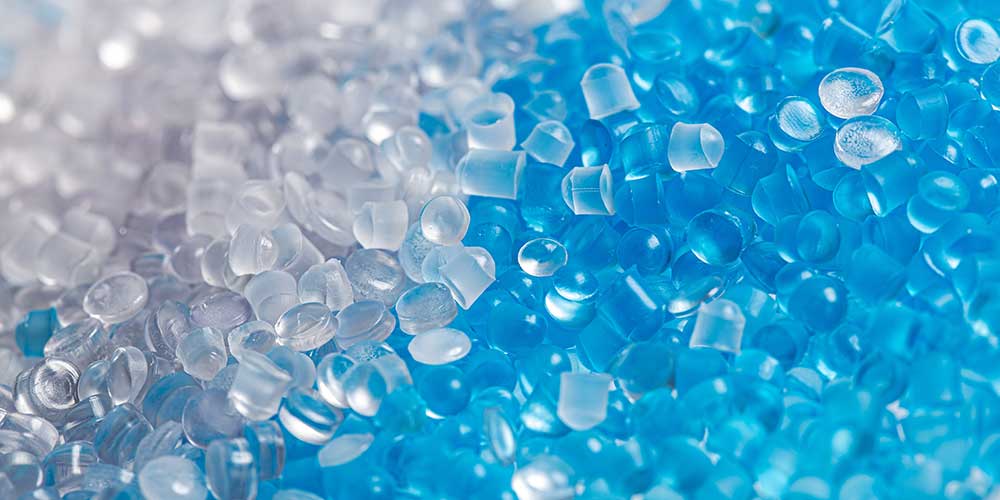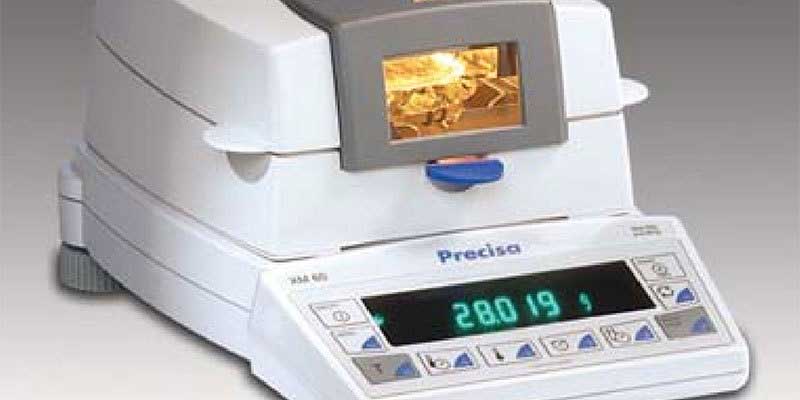Posts Tagged ‘moisture balance’
Moisture Analyzer Drying Process for Quality Control
Moisture content significantly impacts the quality, shelf life, and usability of products across various industries. From pharmaceuticals and food to plastics and chemicals, accurate moisture analysis is essential for ensuring product consistency and meeting regulatory requirements. Moisture analyzers play a critical role in this process by providing precise and reliable measurements. This article delves into…


